Chandrayaan-2 was placed into lunar orbit on 20 August 2019
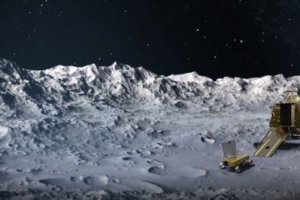 Space Exploration
Space Exploration

 Space Exploration
Space Exploration
Chandrayaan-2 was placed into lunar orbit on 20 August 2019
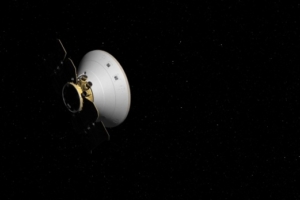 Space Exploration
Space Exploration
Whilst reaching this milestone, all of its instruments were tested and are thankfully in superb condition
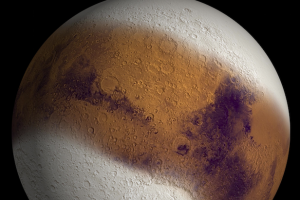 Solar System
Solar System
Could the fourth rock from the Sun have a white Christmas?
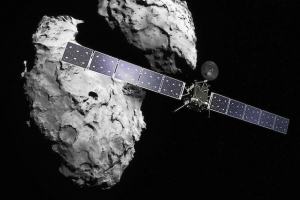 News
News
The thrilling mission will culminate with a descent on 30 September towards a region of active pits on 67P’s ‘head’
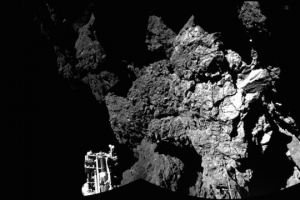 News
News
Silent since its last call to mother ship seven months ago, the lander is facing conditions on Comet 67P from which it is unlikely to recover
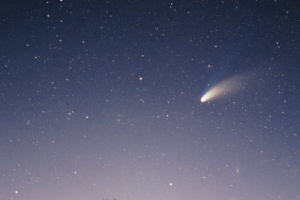 Solar System
Solar System
Did we begin as organisms on a ball of ice and rock?
[fototag id=”ganymedeland”]
Scroll over the icons for more information. Illustration by Adrian Mann.
Around Jupiter lurks Ganymede, one of the four Galilean moons and the largest natural satellite in the Solar System. In fact, with a diameter of about 5,270 kilometres (3,275 miles), it is larger even than the planet Mercury and has almost twice the mass of Earth’s Moon.
However, it is not the size of Ganymede that is of most interest. This giant moon, 640 million kilometres (400 million miles) from Earth, has an icy surface and might be hiding a saltwater ocean underground, while its atmosphere bears tantalising hints of oxygen and may even possess a thin ozone layer. For these reasons it has garnered a lot of interest for future exploration missions and one of those, Russia’s Ganymede Lander, could touch down on the surface in the next 20 years.
The Ganymede Lander would launch along with the European Space Agency’s Juipter Icy Moon Explorer (JUICE) spacecraft in 2022, arriving at Jupiter around 2030 after using gravitational assists to reach the giant planet. The collaboration would allow JUICE to scour Ganymede for a suitable landing site for the lander, although a separate Russian orbiter might also join the launch to provide a back-up option to find a landing site.
The lander itself would be a stationary vehicle, touching down on a region of interest on Ganymede to perform scientific analysis. A large antenna on the top would communicate with Earth, while numerous instruments including cameras and spectrometers would analyse the surrounding area. The main focus of the mission would be astrobiology.
This would be the first such mission ever attempted in the Jovian system. So far spacecraft have landed on Venus, the Moon, Mars and Saturn’s moon Titan; landing on Ganymede would mark the sixth body in the Solar System (including Earth) that humanity has left its mark upon.
The Ganymede Lander is still in a concept stage at the moment. Russia will spend up to $1 million (£650,000) on research and development for the spacecraft in 2014 to determine the feasibility of such a mission, with construction on the first prototypes to begin in 2017 if all goes to plan.
You can follow Jonathan on Twitter @Astro_Jonny
Take a look at Russia’s plan to land a spacecraft on the largest moon in the Solar System.